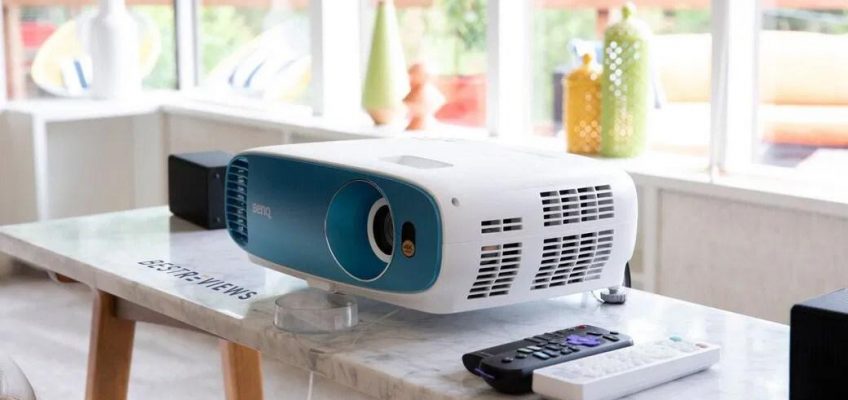There was a point in the fourth quarter Thursday at U.S. Bank Stadium that Minnesota’s offense – including penalties to the good and bad – had moved the ball a grand total of 70 yards over the course of the contest.
Yet the Vikings led 13-10 at that juncture.
That shouldn’t be possible, but it was reality due to a dominant Vikings defense that flustered one of the NFL’s most explosive offenses all afternoon.
Minnesota Vikings linebacker Dallas Turner (15) celebrates his tackle of Detroit Lions running back Jahmyr Gibbs (0) for a loss in the fourth quarter of an NFL football game at U.S. Bank Stadium in Minneapolis on Thursday, Dec. 25, 2025. The Minnesota Vikings beat the Detroit Lions, 23-10. (John Autey / Pioneer Press)
Detroit entered the Christmas matinee averaging the third most yards per game in the league (378.7). It closed Thursday’s 23-10 loss to Minnesota with 231 yards. The Lions averaged 3.6 yards per play while committing six turnovers.
The Vikings, on the other end, could do nothing with the ball. The Max Brosmer-led offense compiled 161 yards, more than half of which came over the final two drives of the game, highlighted by a 65-yard Jordan Addison touchdown on an end-around to push the advantage to 20-10.
Beyond that play, Minnesota’s offense effectively just stood in place for four quarters. And that was enough to win the game.
“Seemed like it was going to be a game where we were going to win with special teams and defense, protect the football,” Vikings coach Kevin O’Connell said.
Which only makes you wonder if that could have been the case all season.
It’s a travesty this defense won’t participate in the postseason. It’s a championship-caliber unit, one that was torpedoed by the two other phases of the game on a week-to-week basis.
Minnesota entered Week 17 ranking fifth in total yards allowed per game (296.8), including fewer than 170 through the air.
The only reason the Vikings are allowing north of 20 points per game is because the team leads the NFL in turnovers with 29, three more than the next-highest team entering the week.
The offense didn’t even threaten to move the ball Thursday, but it also didn’t give the ball away. So, in totality, that performance was somehow a massive improvement on what it delivered throughout the fall as it consistently set up the defense to fail.
The blowout loss to the Los Angeles Chargers was a total system failure for Minnesota. As for the rest of the defeats, well, let’s run through them:
Atlanta, Week 2
Minnesota trailed 6-3 before an interception gifted the Falcons a 9-3 lead. Then, trailing 12-6, Minnesota lost a fumble that resulted in another Falcons field goal to extend the deficit to two scores.
Pittsburgh, Week 4
Trailing by eight with five minutes to play in the third quarter, rather than playing conservatively and pinning the Steelers deep in their own territory, Minnesota threw the ball. It resulted in an interception. Pittsburgh drove just 35 yards for a touchdown to go up 21-6.
Philadelphia, Week 7
Trailing 7-3 early in the second quarter, Minnesota threw a pick-six on third down to extend the deficit to 14-3.
Baltimore, Week 10
Thirteen of the Ravens’ 27 points came off turnovers. Minnesota led 10-9 to open the second half that opened: Vikings interception, Baltimore field goal, Vikings fumbled kickoff return, Baltimore 23-yard touchdown “drive.”
Chicago, Week 11
Trailing 7-3 in the second quarter, a Vikings interception led to a Bears field goal that didn’t require a first down from the Chicago offense. Then, when Minnesota claimed the lead late, a massive kickoff return set up the Bears’ game-winning field goal that, again, didn’t require moving the chains a single time.
Green Bay, Week 12
Minnesota trailed 10-6 at the half. After the defense forced a stop, the Vikings muffed a punt that Green Bay recovered at the Vikings’ 5-yard line. The Packers scored a touchdown two plays later. Green Bay extended its lead to three scores later in the half on a 19-yard “drive” after a punt return set up the Packers’ offense at Minnesota’s 40 yard line.
Seattle, Week 13
Trailing 3-0 to what’s now the top seed in the NFC, Minnesota’s defense produced a strip sack to give its offense the ball at the Seahawks’ 13 yard line. But the Vikings went for it on fourth down on the ensuing drive and threw a pick six. Ten additional Seattle points came off turnovers that day, not including another Seattle field goal that required only 17 yards of offensive movement thanks to elite field position.
It all begs the question: What would Minnesota’s record have been this season had it handed the ball off every down, let every punt bounce and neglected to return a single kickoff?
OK, obviously that’s too far. But if the best teams play complementary football, what the Vikings’ offense and special teams produced through most of this season was, umm, combative?
Teams with elite kickers, punters and – most importantly – defenses should play into mid-January, and beyond. Minnesota checked all those boxes in 2025, yet was officially eliminated weeks ago. The Vikings were persistently too aggressive and careless, and it cost them week after week.
The Pioneer Press column after that Week 2 loss against Atlanta was titled: “Vikings offense needs to get out of the way.”
Had it done just that, and nothing else, the Vikings would be playoff bound.
For proof, look no further than Thursday’s victory – a resounding reminder of what could’ve, nay should’ve, been.
Harrison Smith leads dominant defensive display as Vikings upset Lions
The Loop Fantasy Football Update Week 17: Last-minute moves
Vikings picks: A second chance for Max Brosmer
Vikings vs. Lions: What to know ahead of Week 17 matchup
Mizutani: This is a crossroads for Max Brosmer and the Vikings




